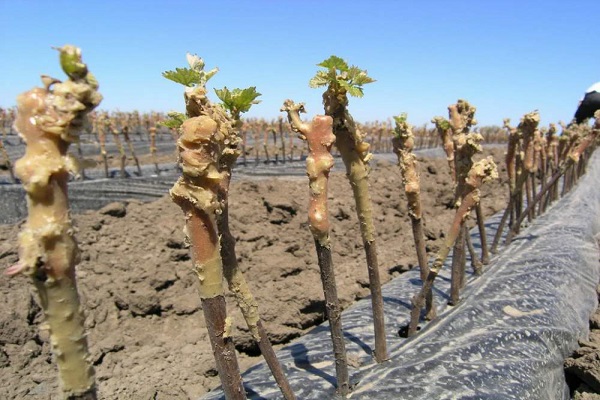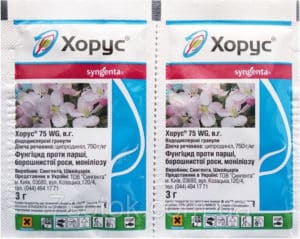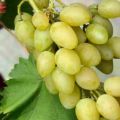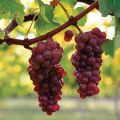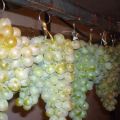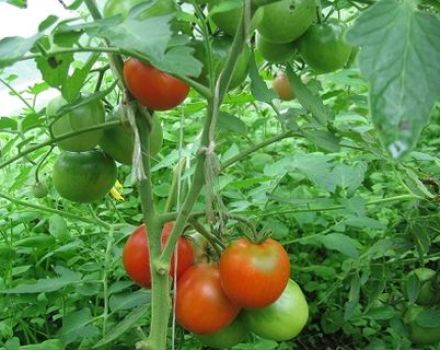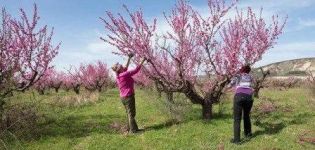Description and characteristics of Rkatsiteli grapes, breeding history and rules of care
Translated from the Georgian language, the name of the Rkatsiteli grape variety is translated as "red vine". The very name of the variety indicates that he comes from Georgia, or rather from the Kakheti region. It belongs to the group of technical wine-making varieties of the Black Sea basin, appreciated for its taste. It can be grown in any region with a suitable climate, the berries do not lose their delicious aroma, but they usually taste a little sour.
Breeding history. Advantages and disadvantages of the variety
The Rkatsiteli variety is valuable and has a very long history. It is also known under such names as Topolek, Budashuri, Mamali, Kakura. The inhabitants of Georgia have been growing it for several millennia. The culture has not lost its popularity even today. Together with another widespread variety - Saperavi - Rkatsiteli grows in large areas in Kakheti and other regions.
The variety used for making wine and juice has the following advantages:
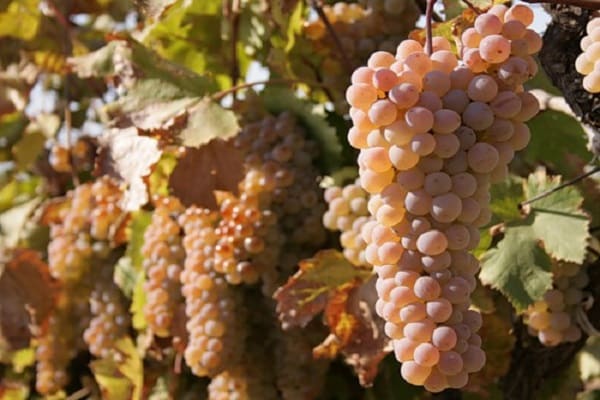
- It has larger berries and bunches in comparison with other technical grape varieties.
- It is unpretentious in care.
- Possesses good taste, delicate bouquet of aromas, which is important in wine production.
- The berries are characterized by high sugar content.
- The variety demonstrates resistance to gray mold and other diseases.
- It responds well to irrigation.
Along with positive qualities, Rkatsiteli has disadvantages:
- Does not yield abundant harvests on unsuitable lands.
- Requires constant preventive measures to protect against powdery mildew.
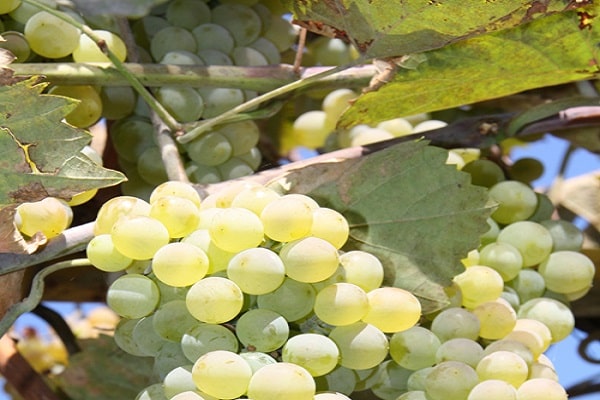
Biological description
Rkatsiteli grape bushes are vigorous. Mature plants take on a pyramidal shape. Young shoots are erect, characterized by a characteristic reddish-yellow color. The root system is powerful, going into the soil to a depth of about 3 meters.
Ripe clusters are loose, cylindrical in shape. Unlike other technical varieties, they are medium in size, weigh, on average, 170 grams, and their length is up to 17 centimeters. The berries are amber-yellow in color, with small brownish blotches, juicy pulp and thin skin. Their shape is oval and round.
Vine
The vine grows to a height of over 3 meters, has a characteristic flexible stem.It grows quickly and ripens well. The number of fruiting shoots on it varies from 20% to 70%. The leaves sit on a long petiole, are five-lobed or three-lobed, are of medium and large size, bronze in color. Flowers are bisexual, form inflorescences. Ovaries form easily, as the variety is capable of self-pollination.
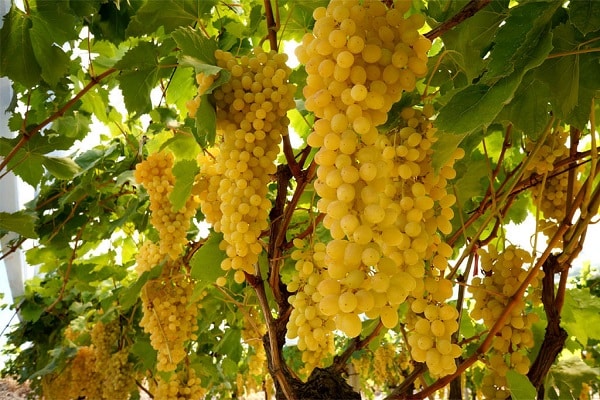
Yield
According to the experimental data of winegrowers, the minimum yield of the Rkatsiteli variety is 90 centners per hectare, on average, it is equal to 150 centners per hectare. The yield level from year to year can vary significantly, depending on the number of fruiting shoots, climatic factors and other conditions.
Taste and useful qualities of fruits
The berries have a light tart taste. But due to the large amount of minerals and vitamins, they have healing properties, improve the functioning of the digestive system.
One of the distinguishing features of the Rkatsiteli variety is its high sugar content. This means that even a small amount of berries can satisfy hunger and restore energy reserves.
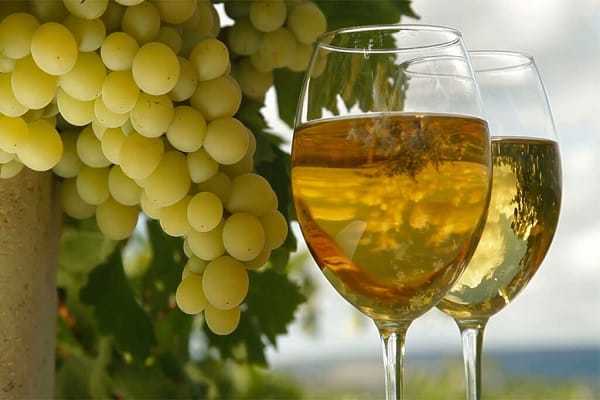
Calorie content
A kilogram of grapes contains 170-250 grams of glucose. The calorie content of Rkatsiteli is 60 kilocalories per 100 grams. In comparison with other varieties, this indicator is low. For example, the calorie content of Kishmish is 90 kilocalories.
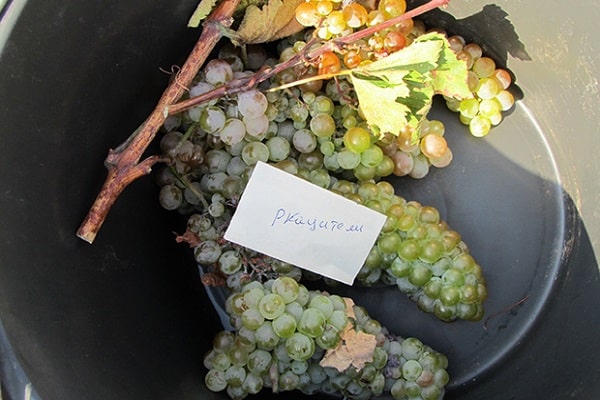
Acidity
The acidity of the juice from the berries of this variety is 7-9 grams per liter. This parameter may fluctuate during the growing season, it depends on weather conditions.
Resistance to frost and disease
Rkatsiteli is a frost-resistant culture. Bushes not covered for the winter are damaged only if the air temperature drops below -25 C. In addition, the variety demonstrates resistance to diseases and pests: gray mold, phylloxera, mildew.
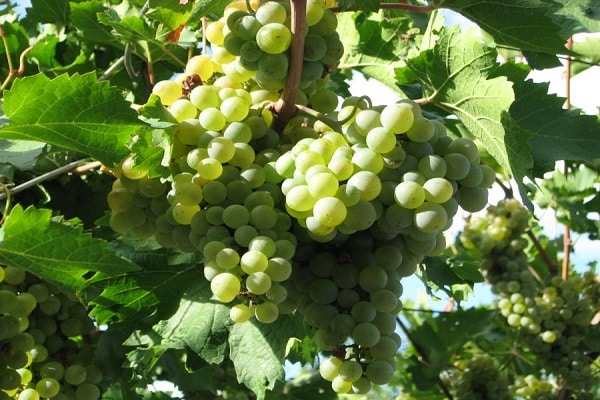
Growing region
The cultivation of grapes, including on an industrial scale, is carried out in regions with a mild warm climate. The culture is actively grown in the southern and middle zones of viticulture, namely: in Georgia, Crimea, Stavropol and Krasnodar regions, on the territory of the republics of Chechnya and Dagestan.
Planting grapes
Grapes are a perennial plant, so the planting site must be chosen very carefully. The productivity, taste, and longevity of plants depend on this.
Optimal timing
Rkatsiteli are propagated by grafted seedlings or stems. The timing is chosen depending on the breeding method. Only the spring months are suitable for the shanks, while the grafted seedlings are planted not only in spring, but also in autumn - from October to November. Vineyards and planting mainly fall in early spring, when the soil warms up to 6-8 FROM.
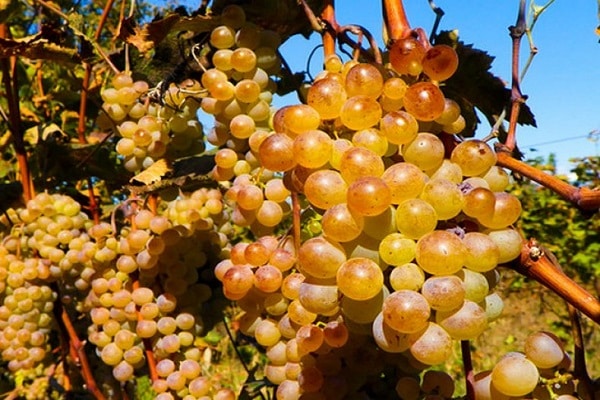
Required soil composition
The Rkatsiteli variety is unpretentious to growing conditions. However, it requires a certain soil structure. Well-moistened loam or sandy loam are considered preferable. In regions with hot climates, the northern slopes are allotted for planting crops so that the berries do not ripen too quickly.
Well depth and width
Before planting seedlings, the marking of the planting holes is mandatory. The row spacing should be 3-3.5 meters, and the distance between the bushes should be from 2 meters or more. The pits are dug large, cubic in shape, so that their depth, width and length are equal to 0.8 meters.
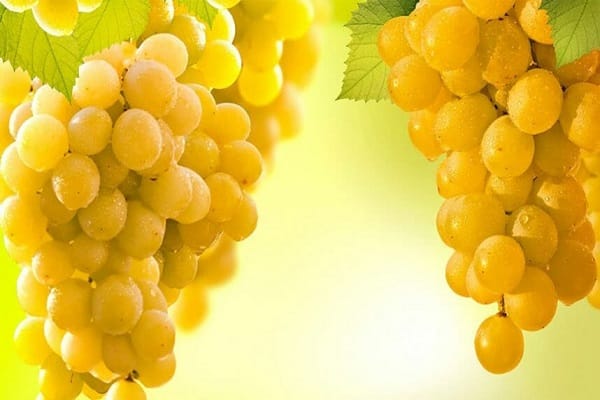
Planting technology and care for a young seedling
The bottom of the prepared pits is covered with drainage, on top - with a layer of fertile soil, fertilizers, and another layer of soil about 10 centimeters thick. As a rule, organic matter, wood ash and nitroammophoska are used for feeding. The seedlings are lowered into the holes, carefully straightening the root system. They fill the pit with soil, compact it slightly, water it.
When growing young grapes, follow the direction of the arrows to avoid a lack of lighting. They are placed horizontally. On each bush, up to 30 fruiting shoots are left.
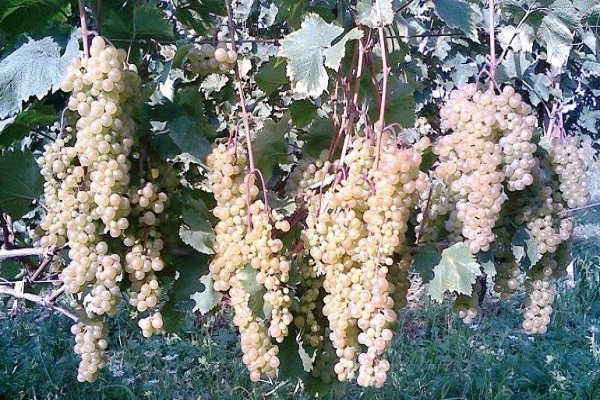
Features of agricultural technology
The correctness and timeliness of agrotechnical techniques allows winegrowers to maintain high yields and quality of berries.

Watering
The Rkatsiteli variety requires a sufficient amount of moisture, especially during dry periods. To do this, a groove is laid around each bush and 20 liters of water are poured into it. If the plants are deficient in moisture, then the vegetative period slows down significantly, and with it the rate of ripening of grapes.
Protection against diseases and pests
The main threat to the plant is represented by spider mites and leaf rollers. The former live on the lower surface of the leaves, destroying them. The appearance of this pest affects the sugar content in fruits.
The leafworm is a variegated butterfly, whose caterpillars damage ovaries and berries, ruining most of the crop. To prevent this, regular inspection of the vine for signs of disease, cleaning and burning of old bark, spraying the plants with special agents is required.
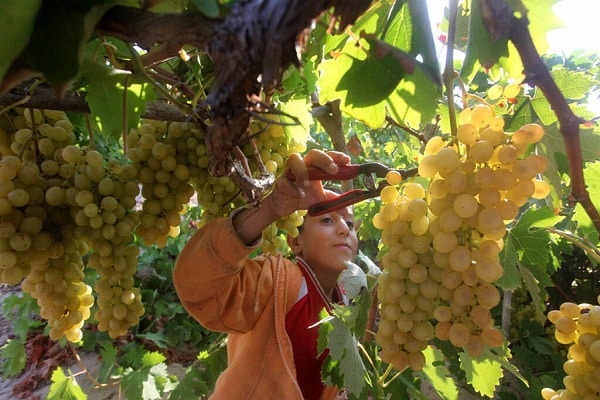
Pruning
For the Rkatsiteli grape variety, a long pruning is used, leaving 30 fruiting shoots with 50-60 eyes on each plant. This procedure is performed in the spring. And to protect against excessive load, they carry out a fragment and pinching, a vine garter.
Preparation for wintering
During frosts, the culture does not need to be covered. It grows in regions with mild winters, where the minimum air temperatures at this time are about -15 C. The Rkatsiteli variety is resistant to such frosts.
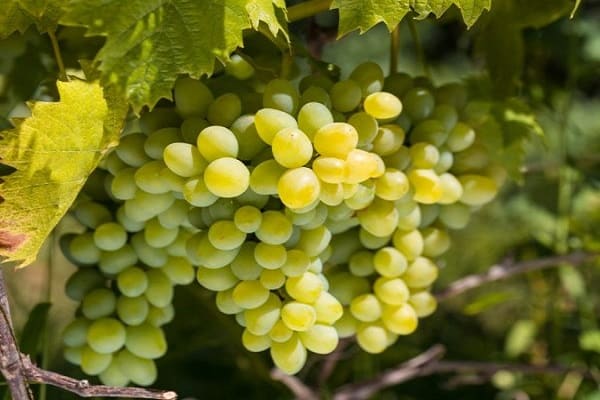
Beginning of fruiting and harvesting
The culture belongs to the late ones. Its growing season is 155-160 days. It takes about 5 months between the moment the buds open and the berries ripen. The first grapes of this variety are harvested in mid-September. The collection continues in October.
Use in cooking and winemaking
Rkatsiteli grape is a versatile variety. It is used as a raw material for winemaking, juice making, and as a base for a variety of desserts. White, rosé wines, brandy, cognac, port - all these drinks are made from this variety.
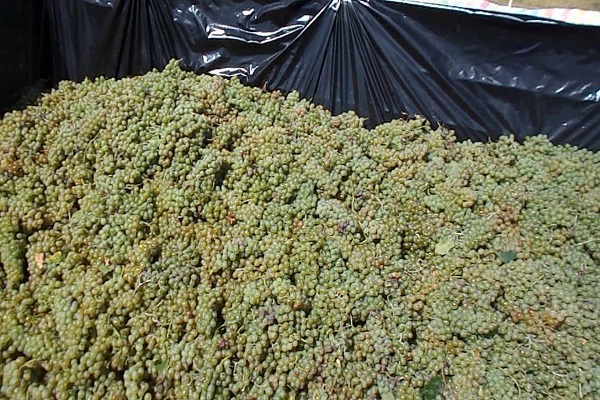
It is believed that the most delicious wine comes from grapes harvested in mid-October.
Berries are often used in cooking, they can be eaten fresh or harvested for the winter in the form of jams, preserves, compotes.
The variety is distinguished by a high degree of safety during transportation. Together with its valuable taste, this makes it attractive for true connoisseurs of quality grapes.
